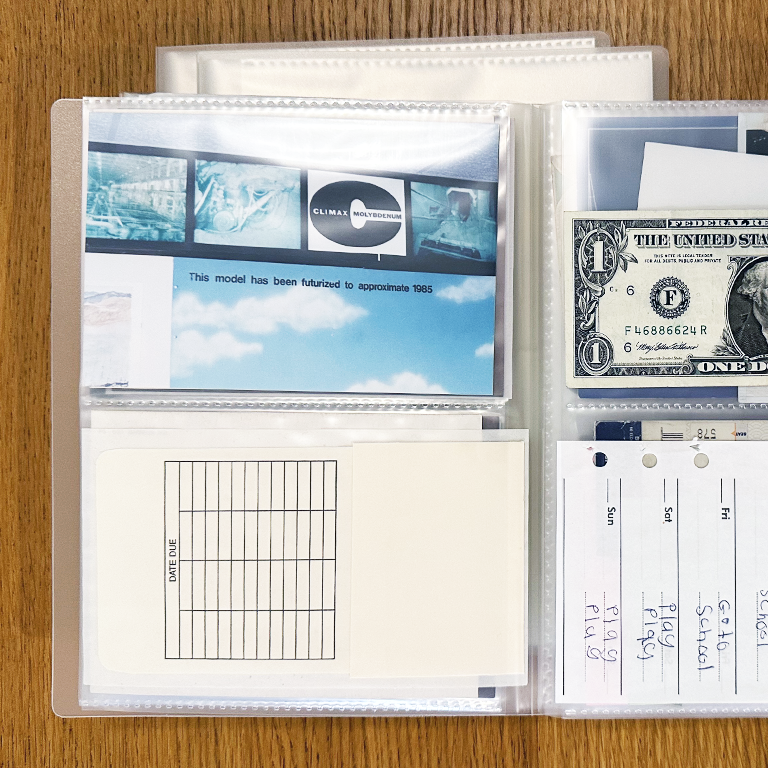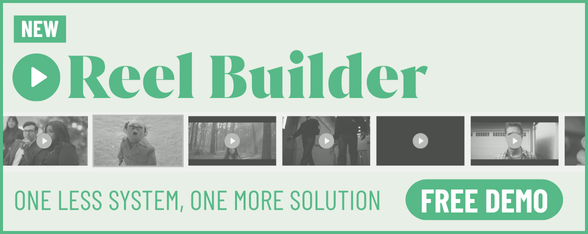
Creativity Squared: Finding a Passion for “Design-Adjacent” Topics and Activities with Amanda Bowers Wong

Amanda Bowers Wong is creative director at global brand experience firm Siegel+Gale. An agile designer with over 15 years of experience across a broad range of projects, Amanda creates compelling designs in close collaboration with clients, including the American Museum ofNatural History, Lincoln Center and CBRE.
Person
I am measured and precise and like to ask questions and understand nuances before fully engaging. But once I am comfortable, I am adaptable and have a dry sense of humour.
I go between wishing the world was more ordered and predictable and enjoying the beauty of the unexpected.
Creativity as a concept is so vast. Is being an accountant any less creative than being an artist? The curiosity that leads one to question, approach things openly or differently and to innovate is more innate. But that can take so many forms.
I likely fall closer to the introvert end of the spectrum. I like to observe and understand a group dynamic or scenario before engaging. I enjoy social interaction but prefer to listen than to be the centre of attention.
I like routine in the same way that I like guidelines: it gives me something to bump up against. A regular structure keeps me moving forward but changes to that routine are designed to be significant and can provide inspiration and reset.
I like what I call “design-adjacent” topics and activities. It is refreshing to see or do things that are not immediately related to my profession but that have enough of a connection to shift my perspective and provide inspiration.
An everyday example: exploring a detailed pop-up book with my young son led me to consider different constructions for a credit card carrier that our team is redesigning. I was able to use his experience of paper engineering as a fresh set of eyes.

The image is a close up of new roots of a monstera plant cutting that I've been growing in water. It sits on my desk and it's really amazing to watch the roots grow and see the shapes they take.
Product
I’m attracted to two general types of work:
The first is work that I don’t immediately understand. What is this? What is it communicating and to whom? How was it made? I’m intrigued and want to engage with it more.
The second is the more quickly read but perfectly clever. This is the kind of work that makes you a little mad you didn’t think of it first because, upon review, it seems like the only possible solution.
Professionally, I think that criteria has shifted over the years. It has taken a little bit of time and experience to understand the nuance of subtler solutions, like working within an existing brand and guidelines, as opposed to creating something entirely new. At the beginning of my career, I didn’t understand the creativity in those projects.
In terms of creative campaigns, I am most proud of, it would be some of the brand guidelines that I’ve written. Not because they were the most interesting or lovely pieces of work but because I was able to watch them being used. Brands are living, breathing things. I could see the outline of the world that I helped to create and how others filled it in, brought it to life in collateral and campaigns, and extended it.
Overall, I think that with the industry’s creative output, everything is so available. The amount of creative work we can access is just amazing. But along with that is a running commentary that can sometimes be unnecessarily critical.

Much of the professional work I do, especially recently, is under NDA, so this is a personal project. I wanted to commemorate my son's birthday with a date painting in the style of the Japanese conceptual artist On Kawara; I recreated his typeface and set my son's birth date in white on dark, dark blue. It hangs in his room.
Process
I like to start a campaign or creative project with some sort of audit. This doesn’t have to be a straightforward category or competitor audit; sometimes it is just as simple as exploring the brief, the business unit or the customer journey. I’ve found that asking questions and understanding the larger context of the request helps ground the work and inform design decisions.
I find anything where I can study and compare visuals helpful for gathering ideas. I was once asked to advise on updating a logo. I browsed company materials (collateral, publications, online presence, marketing, etc.) and found over 20 variations of the existing logo. When I put all the variations together in a single collection, first pinned up for myself and then organised in a spectrum for client presentation, I was able to quickly see what elements were used consistently and which were not. It was like a forensic brand study. The heritage symbol was always used without change but the accompanying wordmark was adjusted in font, size and scale for new and different use cases that partners encountered. This told me that a typographic update and a small but dynamic suite of artwork that took practical logo use into consideration would help consistency and ultimately build equity in the identity.
I hate using placeholder text! In logo sketches, opportunities for creative and letter letterform play are missed. In longer-form pieces, I find that ‘lorem ipsum’ is often the wrong length or doesn’t reflect some of the informational nuance of actual content.
I collect images and references that catch my eye but try to consider each project as unique. I love finding somewhat obscure references to base creative on, like historical references, plays on language and relevant but out-of-category connections.
I love to collaborate! Part of my job as a creative director is dissecting and distilling a brief. Of course, I’ll have ideas about the design, but I’m always amazed to see how my team interprets the direction and comes up with different and exciting ideas. It is essential to encourage that thinking (for the project and for the growth of the team) and ensure that the design solutions are strategically sound.
Looking at inspiration is helpful, but sometimes it is best to take a break; a bit of time away allows you to return refreshed.
As a creative director, part of my role is to find and nurture the potential in the initial stages of work. I try to ask questions and suggest areas for further exploration rather than to give very prescriptive directions (for example, a style of typeface, rather than a specific typeface).
There’s the famous Coco Chanel directive to look in the mirror and take one thing off before leaving the house. When the idea and craft are strong, simple execution can be powerful.

And finally, not exactly a sketchbook, but I use these Muji organizers to save scraps that I find visually compelling. There are stickers, tickets, bits of packaging, floppy disks (!), and more. The clear pockets create wonderfully weird combinations of things.
Press
I grew up in New York, with brief residencies in Northern California, New Jersey and Connecticut. I was lucky to have access to vibrant cities with a wide range of cultural institutions to explore.
I’ve always been drawn to rich detail. I studied mediaeval manuscripts and loved learning to decode the hidden visual language. Every detail was purposeful and had specific meaning.
Honestly, I’ve always struggled with perfectionism and translating my vision to actual materials. I was fortunate to have a very positive environment that encouraged exploration, shrugged off failures, and celebrated successes.
It’s essential to find the time and mental space to explore. Whether that’s gathering inspiration, researching a specific aspect of the brief or just getting those initial ideas on paper, dedicated time is required. It’s hard to really connect with and complete a project when you are pulled in too many directions. It’s important to carve out creative time.
Advice I would give to clients looking to get the best out of the teams and agencies they worked with, is to communicate and ask questions! We are experts and are here to help. Give us the backstory and the additional context so that we understand not only the task but the full picture.












